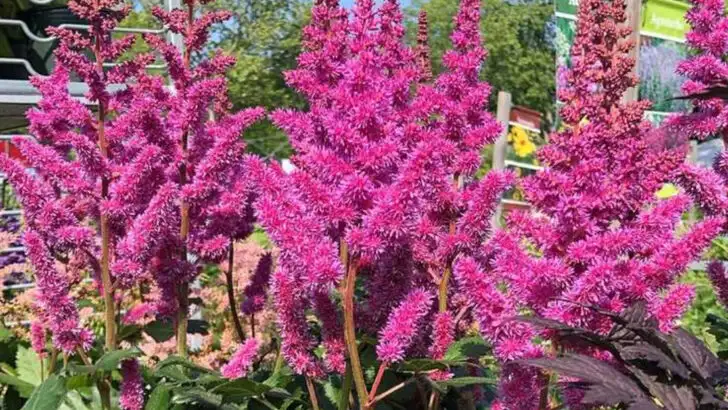Finding flowers that thrive in the shade can feel like solving a riddle, especially if your garden is tucked beneath trees or flanked by tall buildings. It’s easy to assume that vibrant blooms need full sun to flourish, but some of the most charming flowers actually prefer the cooler, lower-light corners of your yard. Shade doesn’t have to mean dull, plenty of plants will reward you with color, texture, and interest even in the dimmest spots.
On the flip side, there are flowers that simply won’t put on a show unless they’re soaking up direct sunlight for most of the day. These sun-lovers are best saved for open areas where they can stretch and grow without restraint. If you’ve ever struggled to get blooms in a shady spot or accidentally placed a full-sun plant in a dim corner, this list will help you sort out which flowers go where and why it matters.
Astilbe
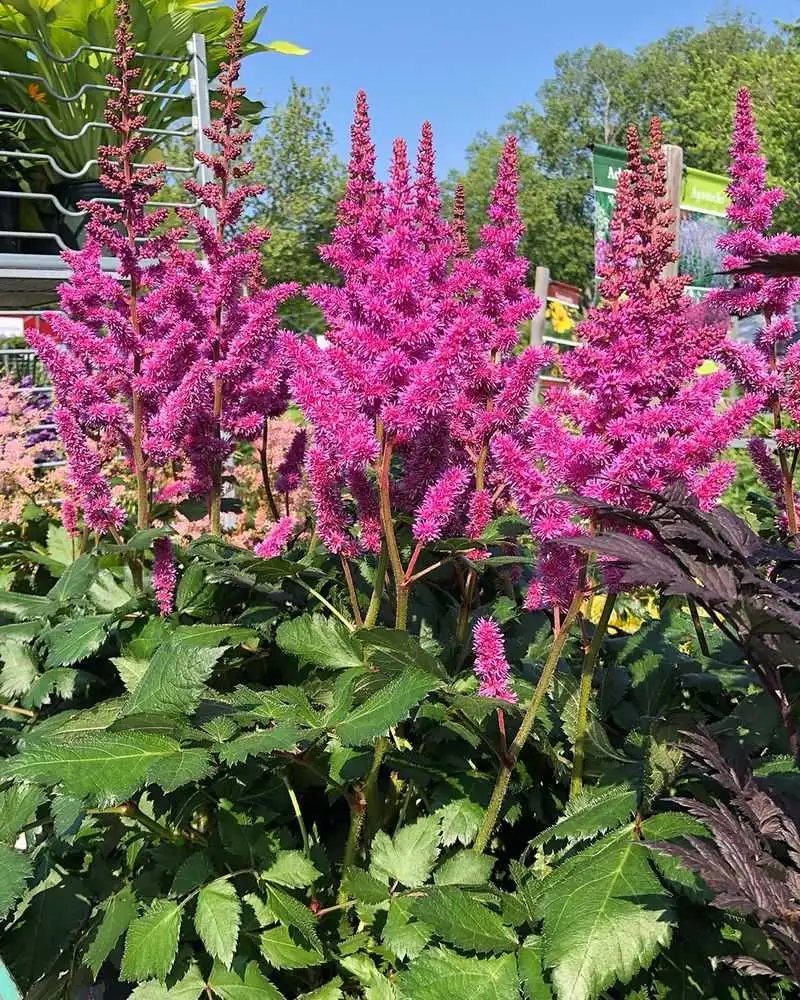
Astilbe is the unsung hero of shaded gardens. With its plume-like flowers, it offers a whimsical touch to any dim corner. The blossoms can vary in color, from soft pinks to vibrant purples, making them versatile. One can imagine a peaceful garden stroll, with astilbes nodding gently in the wind.
Underneath, their fern-like foliage adds texture, enhancing garden depth. Did you know? Astilbes are native to Asia and North America. Their ability to thrive in moist, shaded areas makes them popular among gardeners looking to fill tricky spots. Truly, astilbes are shade garden stars.
Hosta
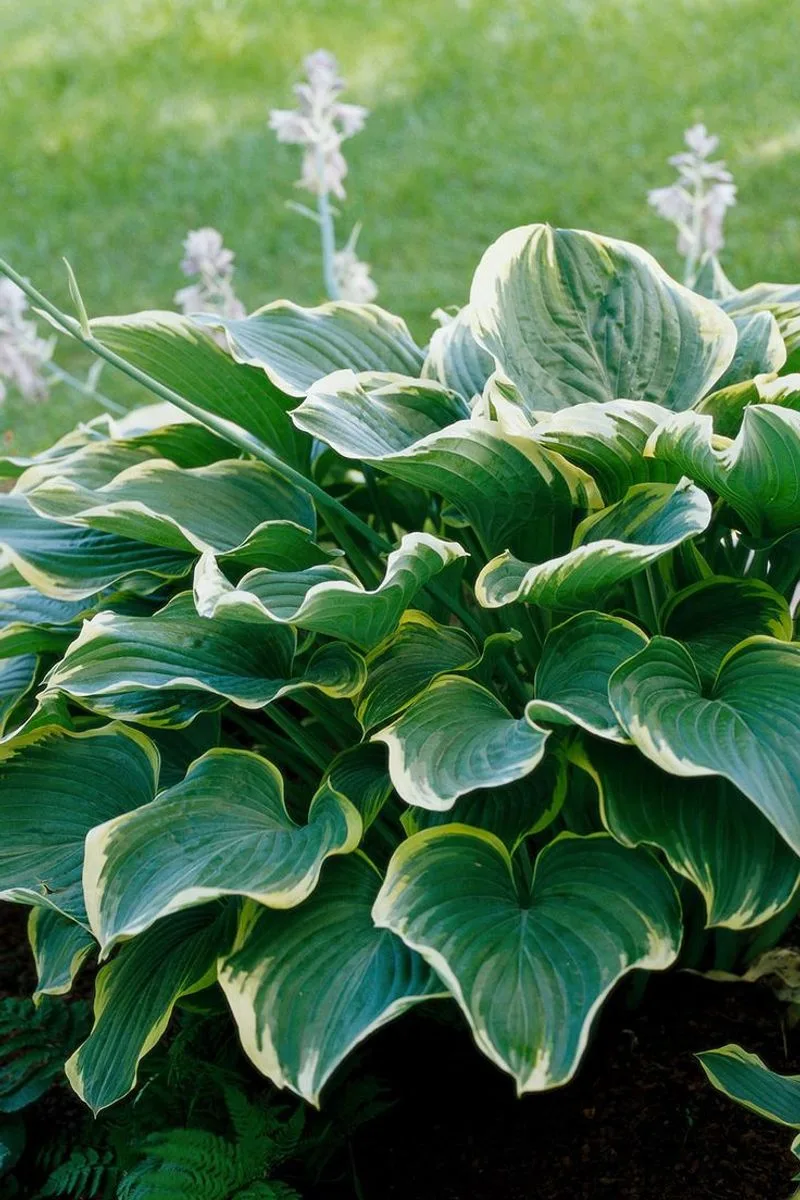
The hosta’s lush foliage is a sight to behold. With broad leaves that come in various shades of green, hostas create a lush, tropical feel. These plants are ideal for adding ground coverage in shaded gardens.
Hostas often produce delicate lavender or white flowers on tall stalks, adding to their appeal. Although primarily grown for their leaves, the flowers attract pollinators, bringing life to quiet garden nooks. Interestingly, hostas are native to northeast Asia and have been cultivated for centuries. Their resilience and beauty make them a favorite among shade gardeners.
Bleeding Heart
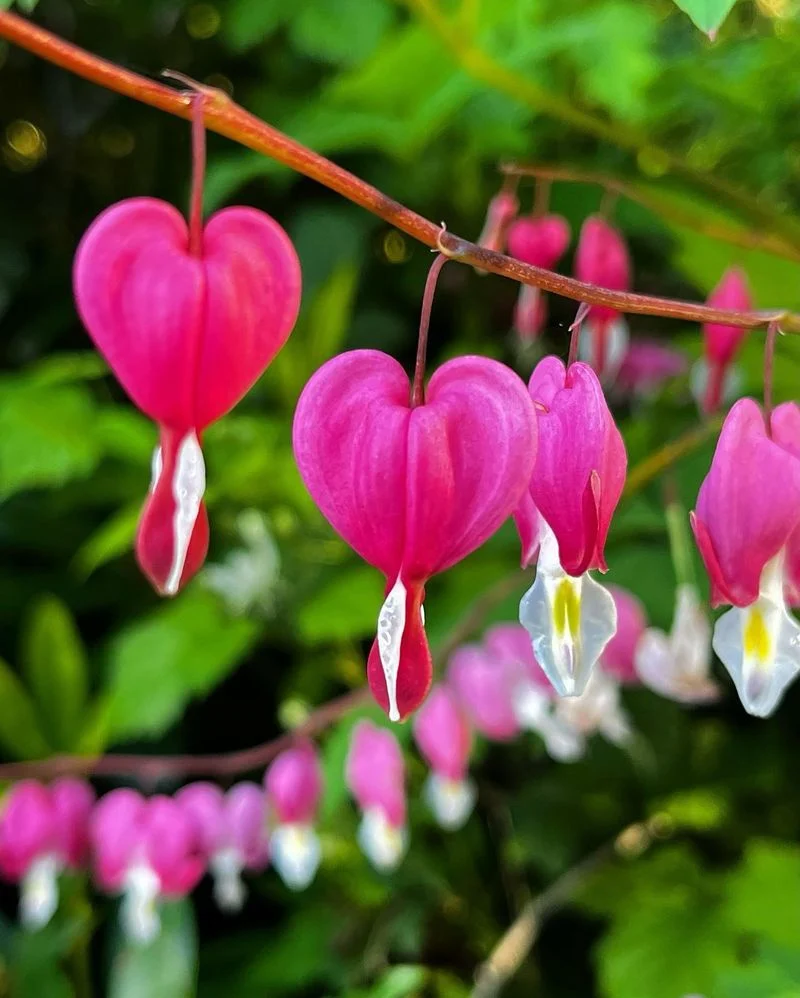
Bleeding heart is a romantic addition to any garden. With its heart-shaped flowers hanging delicately from arching stems, it adds an air of enchantment. The blooms are usually pink, with white tears, creating a striking contrast against their green foliage.
This plant thrives in cool, shaded areas, blooming in early spring. It’s a beautiful reminder of nature’s artistry. Originating from Asia, the bleeding heart has a rich history in garden folklore. Its unique shape and graceful presence make it a beloved choice for those seeking elegance in the shade.
Japanese Painted Fern
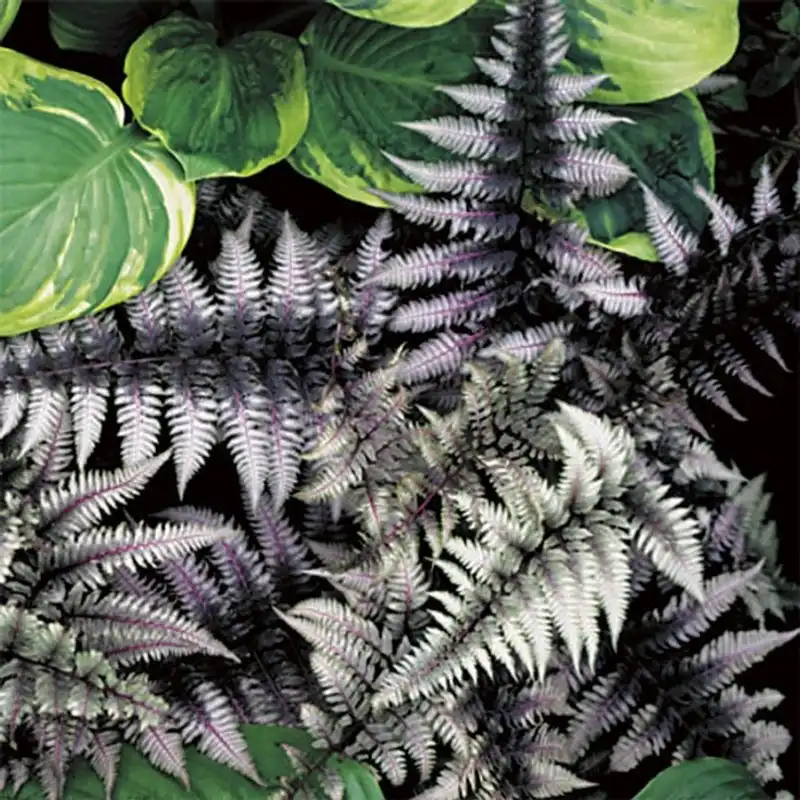
The Japanese painted fern is a masterpiece of nature. Its fronds, brushed with silver and hints of purple, lend an exotic feel to shaded spaces. This fern creates a soft, ethereal ambiance, perfect for those seeking tranquility.
Growing in clusters, it adds structure without overpowering its companions. Originating from East Asia, this fern has adapted well to various climates. Its subtle beauty and hardy nature make it a perennial favorite. For gardeners looking to add a touch of elegance to their shady retreats, the Japanese painted fern is an excellent choice.
Lungwort
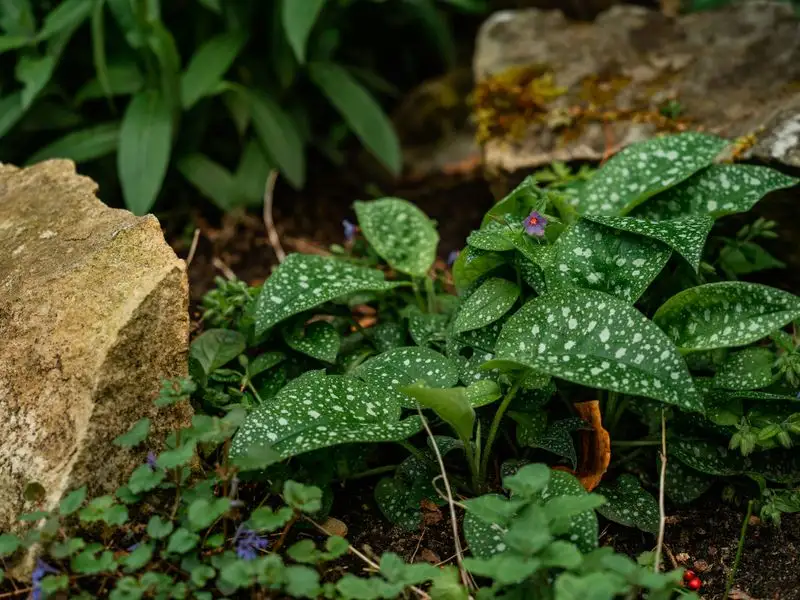
Lungwort is often celebrated for its unique, speckled leaves and vibrant flowers. With clusters of blue and pink blooms, it brings a playful touch to shaded areas. The leaves’ distinctive patterns add visual interest even after flowering.
This plant prefers cool, moist conditions, making it perfect for woodland gardens. Did you know? Lungwort’s name originates from the Middle Ages when it was believed to cure lung ailments. This historical tidbit adds to the plant’s intriguing character, making it a conversation piece in any garden setting.
Toad Lily
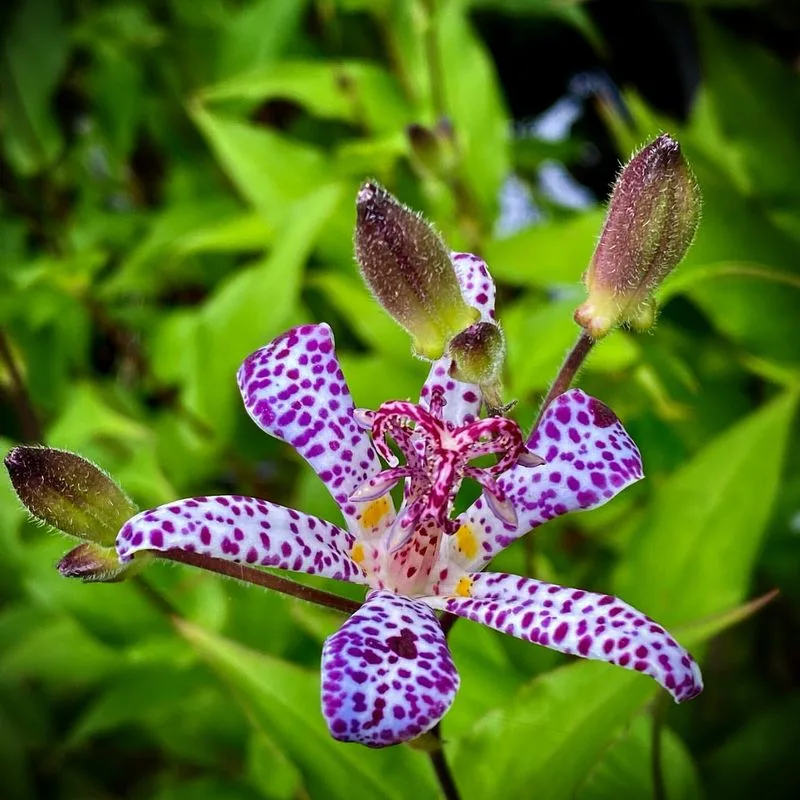
Toad lily is the jewel of autumn gardens. With its spotted, orchid-like flowers, it captivates onlookers. Blooming in shades of purple, pink, and white, these lilies prefer shaded nooks, adding exotic flair late in the season.
Their intriguing blooms appear when many summer flowers have faded, prolonging garden interest. Native to Japan and Korea, toad lilies have adapted to cooler, shaded environments. Their unique appearance and late blooming make them invaluable for those looking to extend garden color into fall. Perfect for adding a dash of the exotic to any shade garden.
Coral Bells
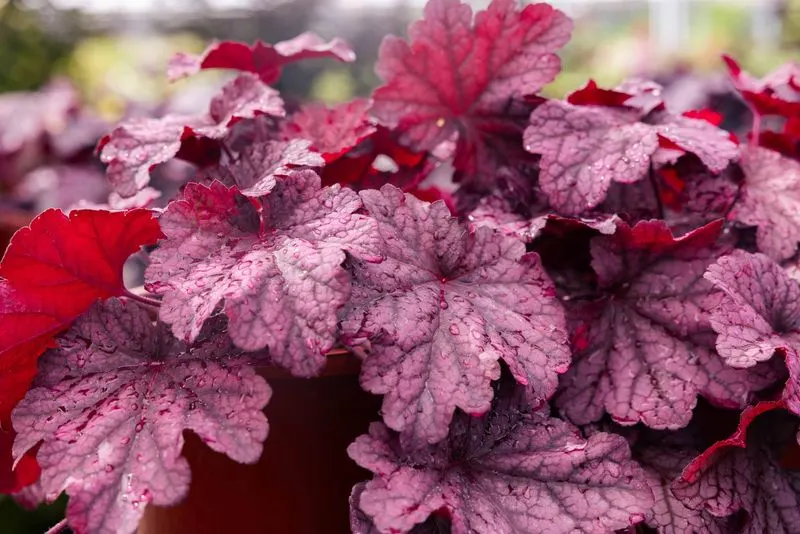
Coral bells are known for their vibrant foliage and delicate blooms. With leaves ranging from deep purples to vivid greens, they add year-round color to shaded areas. Their bell-shaped flowers, though small, attract hummingbirds and butterflies, enlivening the garden scene.
These perennial plants are prized for their adaptability and low maintenance. Originally hailing from North America, coral bells have evolved to thrive in various climates. Their combination of striking leaves and charming flowers makes them a versatile choice for any gardener seeking to beautify a shady spot.
Hellebore
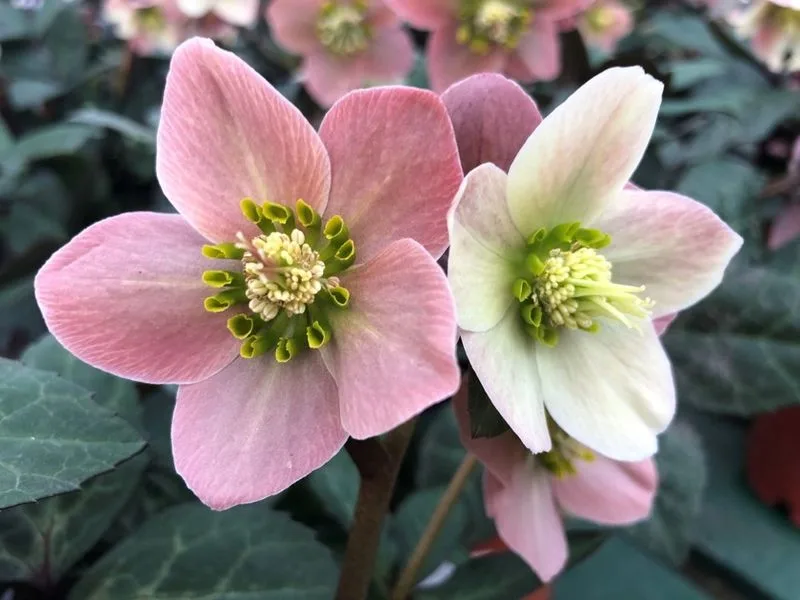
Hellebores, often called the “Christmas rose,” charm with their early blooms. They bring color to the garden when most plants are still dormant. The nodding flowers appear in late winter, with hues of pink, white, and maroon.
Their leathery leaves provide year-round interest, making them a staple in shaded gardens. Native to Europe and Asia, hellebores are tough, enduring cold weather with grace. For those looking to add winter interest to their gardens, hellebores offer a delightful solution. Their resilience and early blooming make them a gardener’s favorite.
Fuchsia
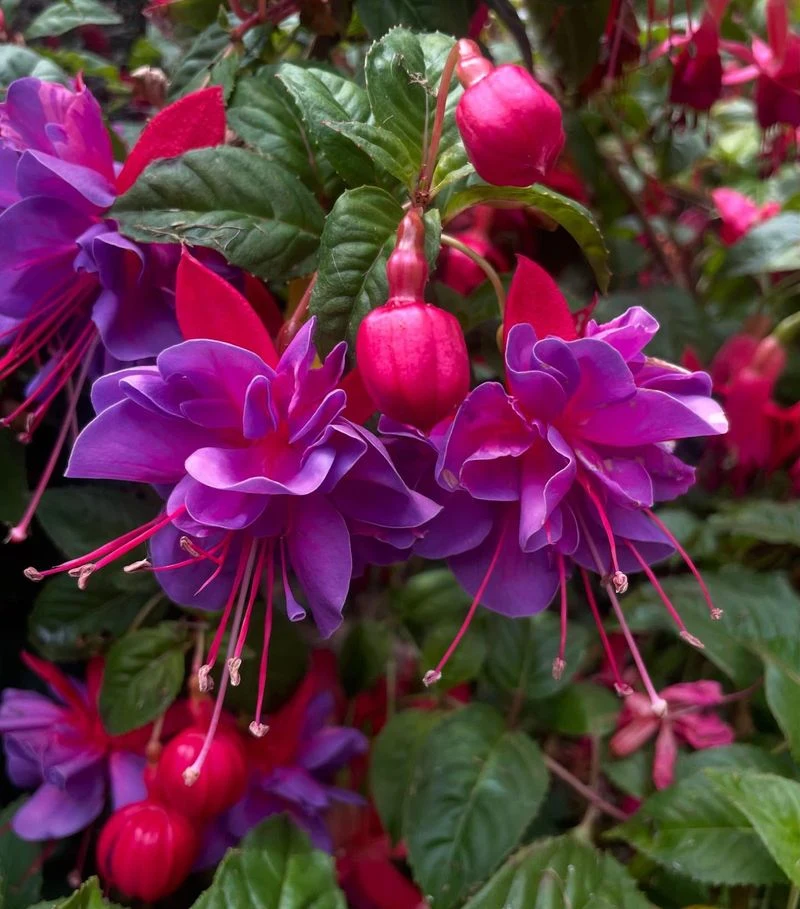
Fuchsias are a cascade of color in shaded gardens. With pendulous flowers in shades of pink and purple, they add drama and elegance. These flowers are perfect for hanging baskets, where their blooms can be admired at eye level.
Fuchsias thrive in cool, shaded areas, blooming from summer to fall. They are native to Central and South America, adapting well to garden cultivation. Their striking colors and unique shape make them a standout choice for gardeners looking to introduce a splash of color to the shade.
Lenten Rose

Lenten rose, or hellebore, is a herald of spring. Its pastel-colored blooms appear when winter’s grip still lingers, offering a glimpse of warmer days. The flowers, resembling roses, come in shades of pink, purple, and white.
This plant thrives in shade, preferring rich, well-drained soil. Originating from Europe, Lenten roses are cherished for their early blooms and hardy nature. They add beauty to shaded gardens and are a symbol of resilience, enduring cold to bring joy to those who encounter them. Perfect for those eager to see spring’s first signs.
Virginia Bluebells
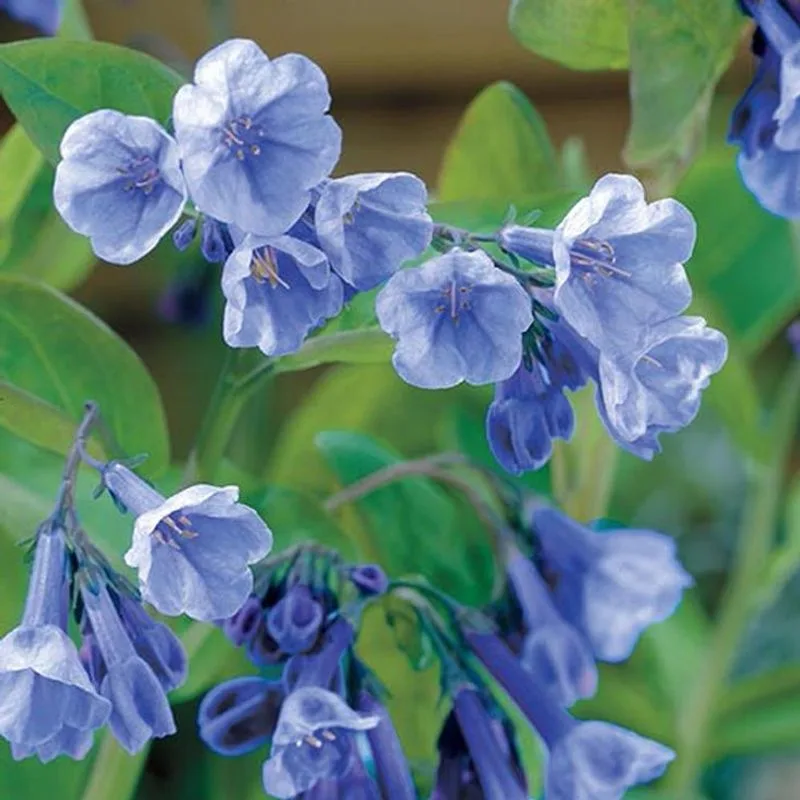
Virginia bluebells are a springtime delight. Their clusters of blue, bell-shaped flowers emerge in early spring, painting shaded areas with color. As the name suggests, these plants are native to North America, particularly thriving in wooded areas.
The foliage adds a lush, green backdrop that complements their vibrant blooms. These ephemeral plants are a joy to behold, capturing the essence of spring’s renewal. For gardeners seeking a native species that thrives in shade, Virginia bluebells are an ideal choice, offering a burst of color in early springtime.
Brunnera
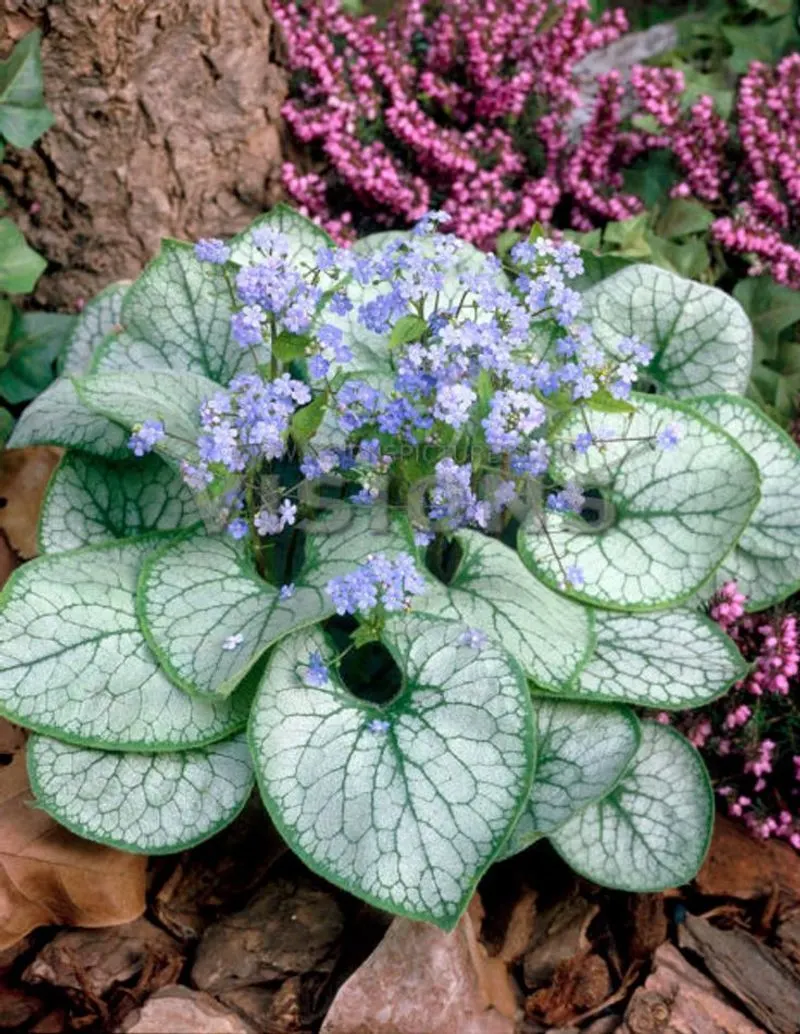
Brunnera, often called Siberian bugloss, is a charming addition to any shade garden. Its heart-shaped leaves, often patterned with silver, provide an attractive backdrop for its tiny, sky-blue flowers.
Blooming in spring, brunnera brings a touch of whimsy to shaded areas. Originating from Eastern Europe, it’s well-suited to cool, moist conditions. The combination of beautiful foliage and delicate blooms makes brunnera a sought-after plant for gardeners aiming to create a serene, shaded retreat. Its understated beauty and resilience are key attributes that endear it to garden enthusiasts.
Snowdrop
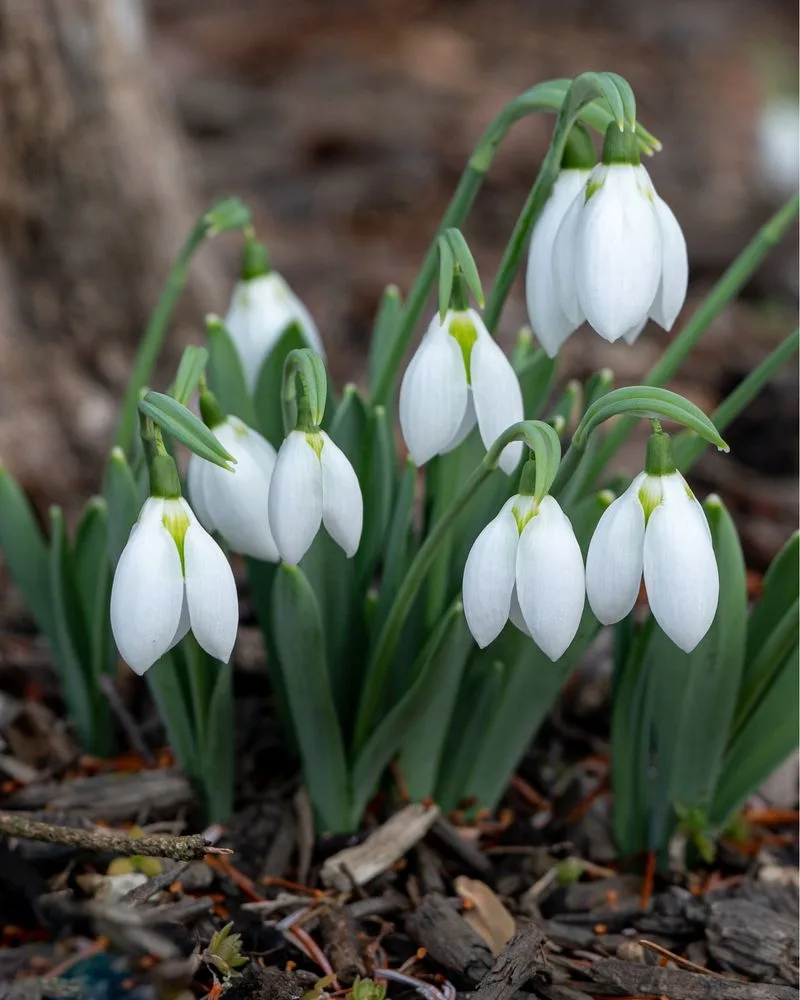
Snowdrops are the harbingers of spring. These delicate white flowers push through the last snow, offering hope of warmer days. Their simple beauty belies their toughness, thriving in shaded woodland areas.
Native to Europe, snowdrops have been cherished for their early blooms and ability to bring light to the darkest days of winter. They symbolize purity and hope, making them a poignant addition to any garden. For those looking to add early-season interest, snowdrops provide a gentle yet impactful solution, bridging the gap between winter and spring.
Foxglove
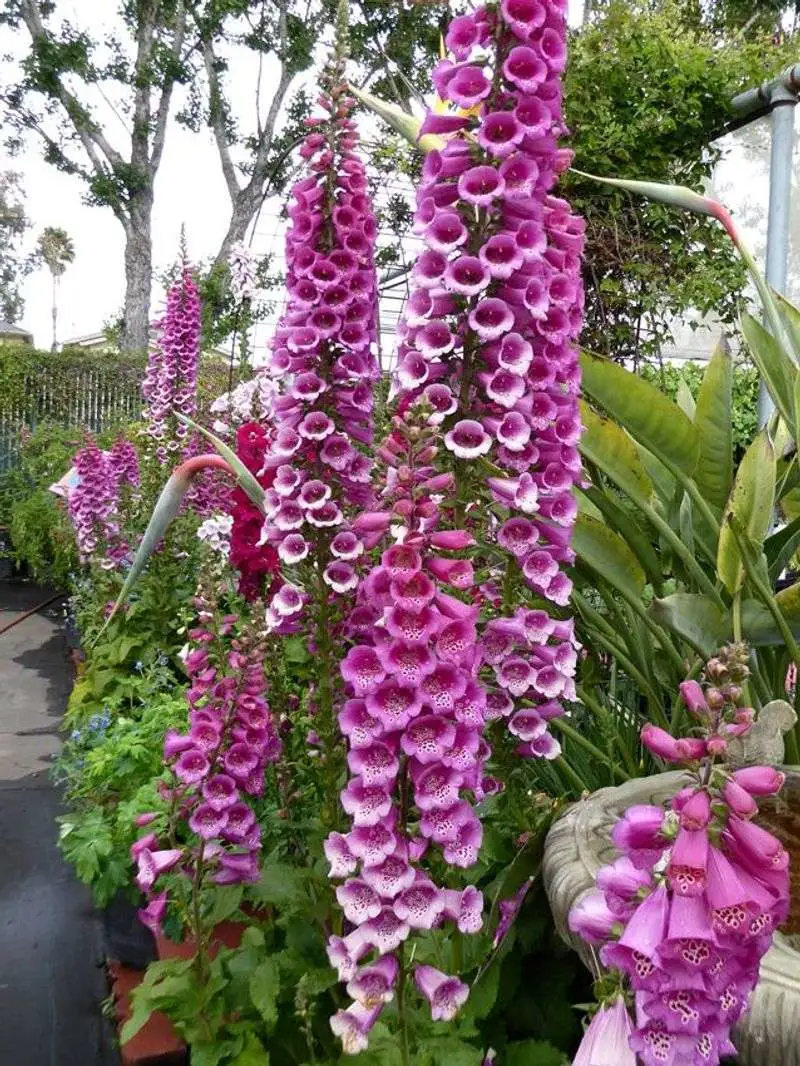
Foxgloves stand tall and proud, their tubular flowers forming striking spires. Blooming in pastel shades, these plants bring a touch of elegance to sunny gardens.
Although they prefer sun, foxgloves can tolerate partial shade, making them versatile. These biennials are native to Europe and have been cultivated for their beauty and medicinal properties. The flowers attract bees, supporting the garden’s ecosystem. For those with a sunny spot to fill, foxgloves offer both height and charm, creating a focal point that draws the eye.
Sunflower
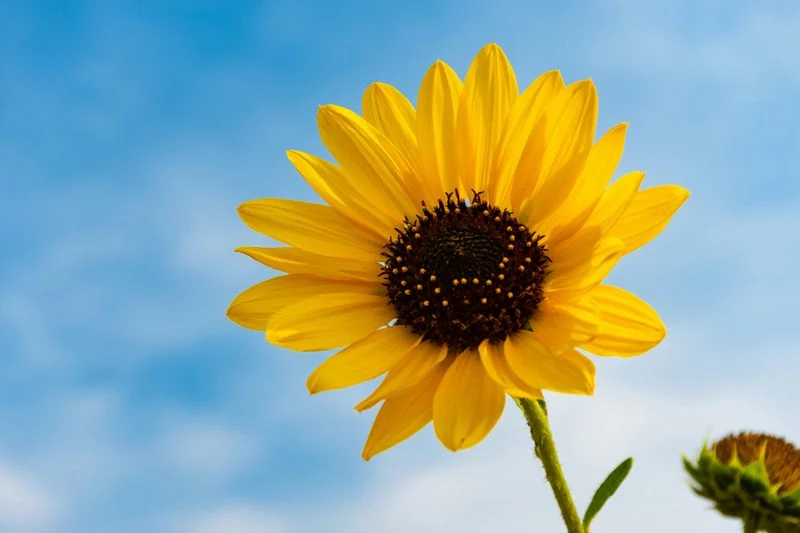
Sunflowers are synonymous with sunshine. Their large, bright yellow blooms follow the sun’s path, embodying warmth and vitality. Growing tall, they make a bold statement in any garden.
These flowers thrive in full sun, needing ample light to reach their full potential. Native to North America, sunflowers have cultural significance across various societies. Beyond their beauty, they provide seeds and oil, offering sustenance. For those with sunny spaces, sunflowers bring a touch of the wild and cheerful exuberance, lighting up landscapes with their sunny disposition.
Marigold
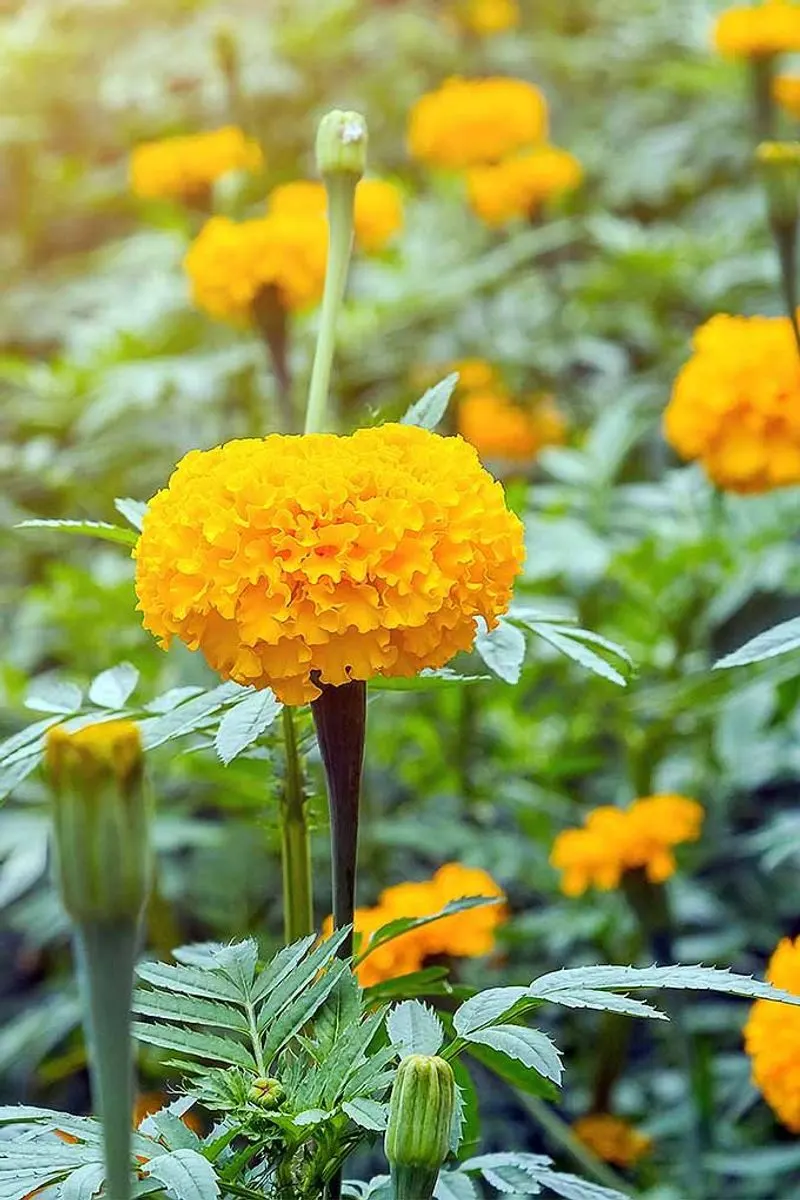
Marigolds are the epitome of cheerfulness. Their bright orange and yellow blossoms thrive in sunny conditions, bringing color and warmth to gardens.
Known for their pest-repelling properties, marigolds are often used in companion planting. These hardy annuals originate from Mexico and Central America, adapting well to various environments. Their bold colors and ease of growth make them a garden staple for those seeking to enhance sunny spaces. Perfect for borders or mass planting, marigolds provide a vibrant, sunny touch that brightens any garden setting.
Lavender
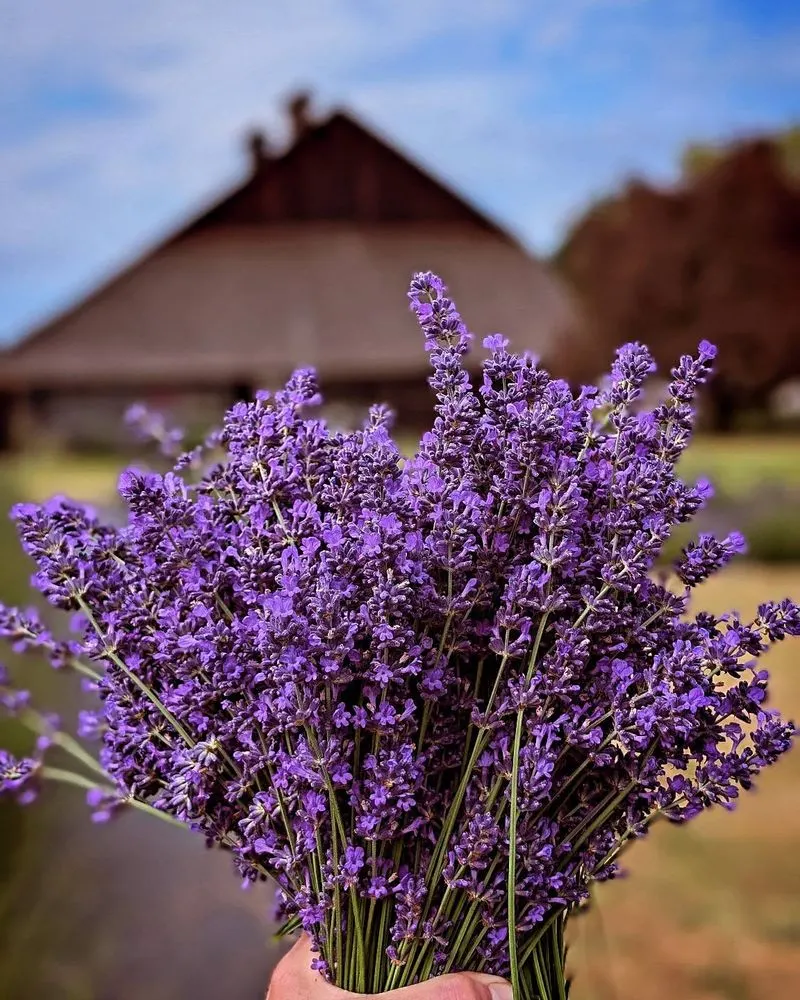
Lavender is synonymous with relaxation. Its fragrant purple blooms and silver-green foliage evoke the sun-drenched landscapes of the Mediterranean. Thriving in full sun, lavender adds both beauty and scent to gardens.
These perennial shrubs are used in aromatherapy, perfumes, and culinary dishes. With origins in the Mediterranean, lavender is well-suited to dry, sunny conditions. For gardeners, lavender offers a sensory experience, attracting bees and offering a calming presence. Its versatility and allure make it a favorite for sunny gardens, where it can flourish and fill the air with its soothing aroma.
Geranium
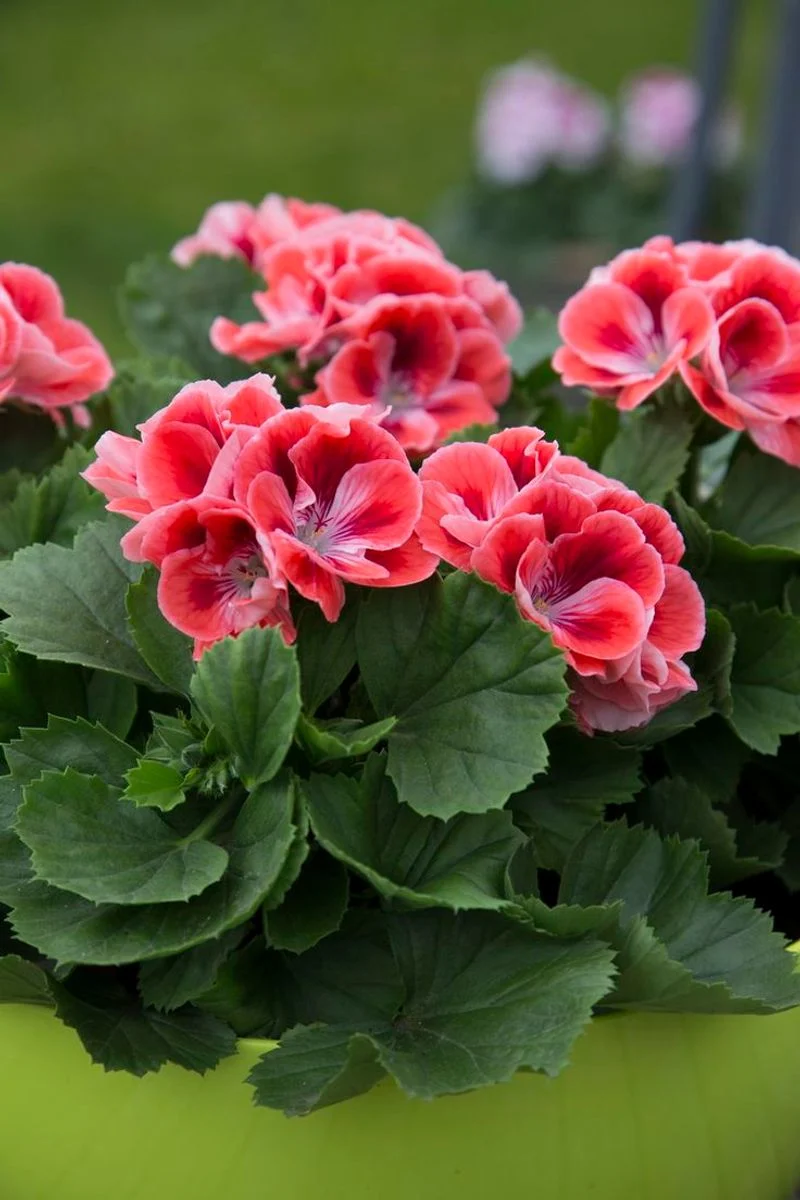
Geraniums are beloved for their colorful blooms and adaptability. With flowers in shades of pink, red, and white, they brighten sunny garden spots and windowsills alike.
These hardy plants thrive in full sun, offering a burst of color that lasts from spring through fall. Native to South Africa, geraniums have become a popular choice for gardeners worldwide. Their ability to bloom profusely with minimal care makes them a staple for sunny spaces. Ideal for containers and borders, geraniums provide continuous blooms that bring joy and vibrancy to any setting.
Petunia
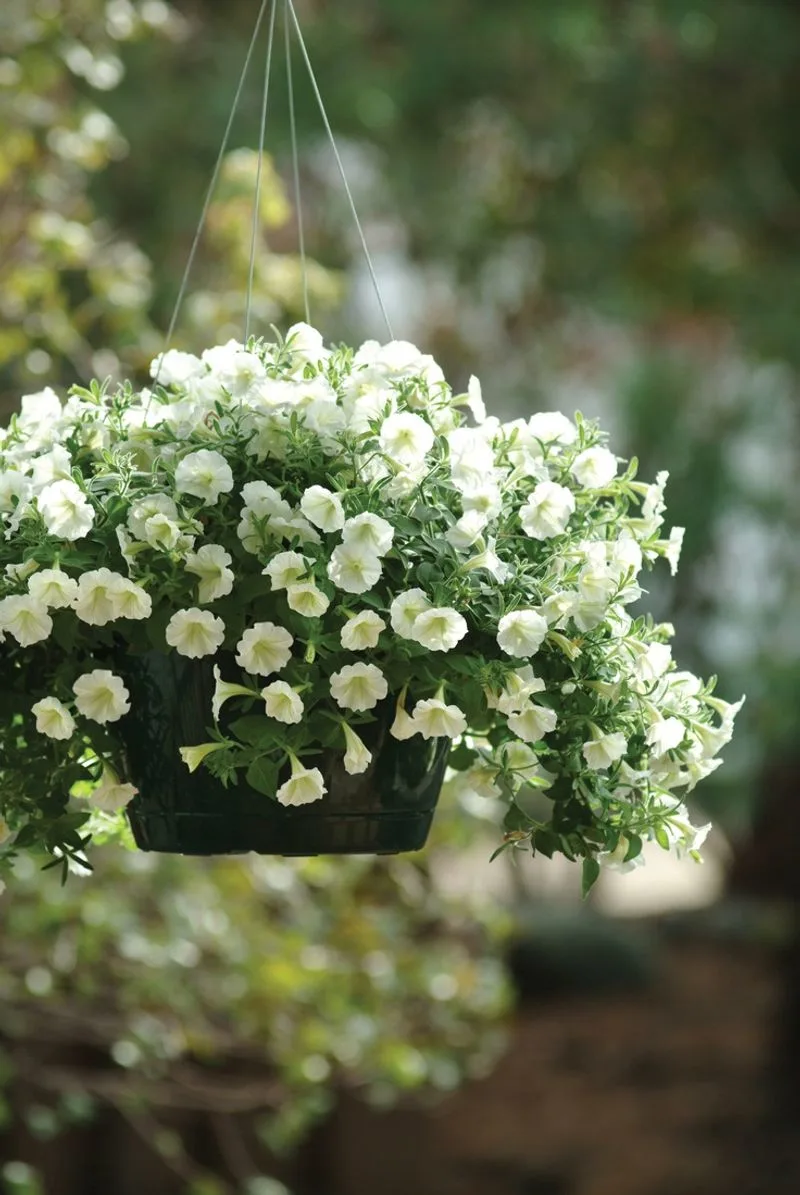
Petunias are garden classics, known for their vibrant, trumpet-shaped flowers. These annuals thrive in full sun, creating a riot of color in hanging baskets and beds.
With a wide range of colors and patterns, petunias offer endless possibilities for sunny garden displays. Originally from South America, they have been cultivated to suit various climates. Petunias’ showy blooms and ease of care make them a favorite for enhancing outdoor living spaces. Perfect for those seeking a low-maintenance, high-impact plant, petunias brighten gardens with their cheerful presence.
Fatsia Japonica
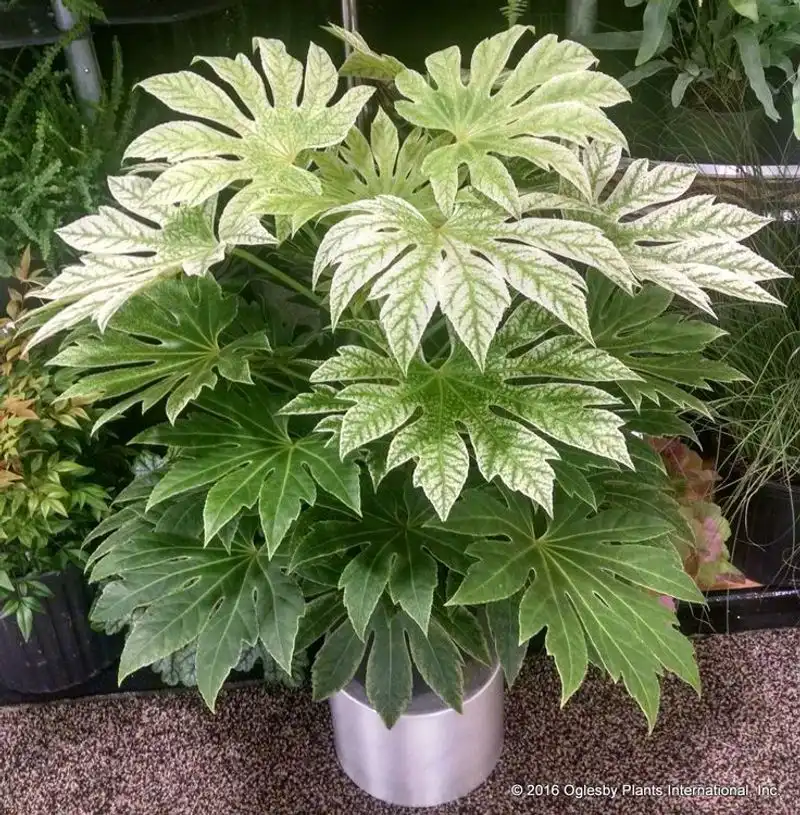
Fatsia Japonica, often referred to as the Japanese Aralia, thrives in shaded, moist areas. Its large, glossy leaves create an exotic vibe, transforming dull corners into lush retreats. Imagine a plant so adaptable it can grace an indoor living room or flourish outdoors in a garden. This versatile shrub is not just about looks; it’s a resilient survivor, enduring neglect while still providing beauty.
Ever wondered how to bring the tropics to your doorstep? Fatsia Japonica is your answer. Easy to maintain, it’s perfect for both novice and seasoned gardeners looking to add a tropical touch to their shady spots.

